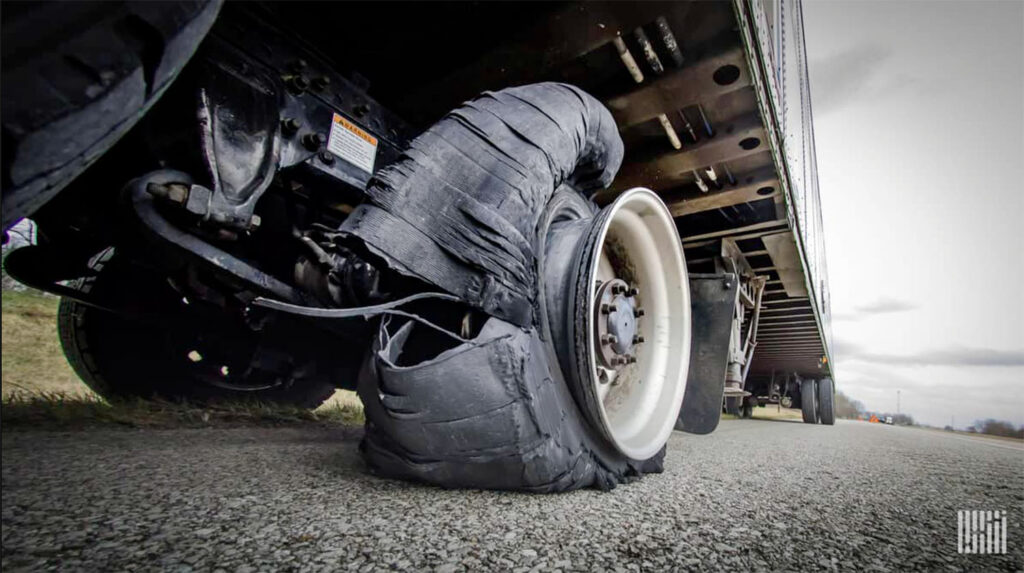By Kaitlyn Scanlon, Alliance Intern from Oregon State University ’26
6PPD: the toxic tire chemical you’ve probably never heard of. Commonly utilized as a guard against tire breakdown and degradation, 6PPD is just one of the over “400 chemicals and compounds, many of them carcinogenic,” found in tire rubber, as told by Yale E360. Most concerningly, 6PPD combines with ground-level ozone to create chemicals like 6-PPD quinone, aka 6-PPDq, which is acutely toxic to fish like the coho salmon.
In fact, mass amounts of coho salmon mysteriously died only when it rained on the West Coast for years until 6-PPD was detected in their chemically-contaminated waters. Unfortunately, 6-PPDq is “used by all major tire manufacturers and is found on roads and in waterways around the world.” It’s “been detected in the urine of children, adults, and pregnant women in South China,” but the importance of that contamination is not yet known due to a sheer lack of research on the impact of 6-PPDq upon human health.
What we do know about tires and human health is that tire wear particles (TWP) contaminated with 6-PPD and a multitude of other toxic chemicals “pose a unique health risk: They are so small they can pass through lung tissue into the bloodstream and cross the blood-brain barrier or be breathed in and travel directly to the brain, causing a range of…negative health impacts including heart, lung, developmental, reproductive, and cancer outcomes,” as told by a recent report from researchers at Imperial College London.
Tires being composed of nearly 50% rubber (natural and synthetic) should mean they break down easily and relatively quickly, right? Nope! “78% of ocean microplastics are synthetic tire rubber,” according to a report by the Pew Charitable Trust, and they produce a wide range of detrimental health effects when ingested by marine animals. Furthermore, Rebecca Sutton (an environmental scientist studying runoff at the San Francisco Estuary Institute) revealed that the estimated annual discharge of microplastics sourcing from stormwater into the San Francisco Bay was 7 trillion particles, half of which were tire particles.
What’s been done about this multifaceted issue? On the legal side, Earthjustice, a legal nonprofit, sought to sue tire manufacturers for violating the Endangered Species Act. From another angle, a number of Indian tribes are imploring the EPA to ban 6-PPD usage. The Puyallup Tribal Council’s statement on the matter sums it up best: “We have witnessed firsthand the devastation to the salmon species we have always relied upon to nourish our people. We have watched as the species have declined to the point of almost certain extinction if nothing is done to protect them.”
In the realm of regulation, significant legislation has been passed. Within the US, “the California Environmental Protection Agency has passed a rule requiring tire makers to declare an alternative to 6PPD by 2024.” Nick Molden, CEO of Emissions Analytics, deems this particular legislation groundbreaking “because it puts the chemical composition [of tires] on the regulatory agenda.” At last, “tire manufacturers are being exposed to the same regulatory scrutiny that car manufacturers have been for 50 years,” he remarked via Yale E360.
But what can the average consumer do? Fortunately, scientists from San Francisco researching pollution from storm runoff have discovered that “rain gardens, installed in yards to capture stormwater, were also trapping 96% of street litter and 100% of black rubbery fragments. In Vancouver, BC researchers found that rain gardens could prevent more than 90% of 6PPD-q from running off roads and entering salmon-bearing streams,” as stated by Yale E360.
If you are as shocked about these facts as I am, I hope you’ll consider supporting Earthjustice’s work and building your own rain garden.

